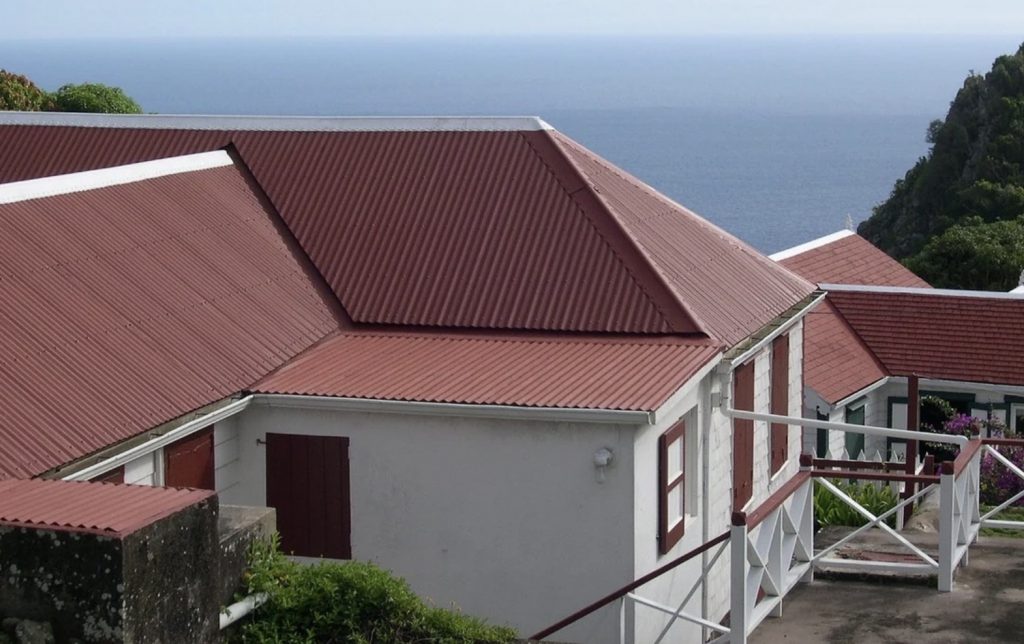So you’ve decided to install a metal roof. That’s great and means that you will be enjoying many unique benefits to this type of roofing system. Metal roofing can last 30 years or more; they don’t need any maintenance during the entire lifespan, they insulate better than traditional underlayment, so your home will stay cooler in the summer months and warmer in the winter ones, and they also provide excellent protection against fire because of their non-flammable properties. Click here for more information on metal roofing.
Here are some common questions that people usually ask when it comes time to select their metal roof: Which Metal Roof Is Best For Me?
There is no single answer for this question since every homeowner has different requirements. However, there are some similarities between all metal roofs, and it’s safe to say that most of them are made from corrugated steel. This makes the top lighter than a traditional shingled roof, which means lower shipping costs for suppliers and easier installation for professionals. It also looks unique with its distinct “waves” on the surface.
If you want something stronger and more resistant to corrosion, you can opt for aluminum instead of steel. Different manufacturers also use an aluminum-zinc alloy, which is the best you can get.
Carbon Steel Vs. Galvanized Steel Metal Roofing
Most metal roofs are manufactured with carbon or galvanized steel. They are both excellent materials, but they have some significant differences to consider when making your purchase decision. Here’s a brief comparison between the two:
Carbon Steel – This material has more strength than galvanized steel and provides better protection from corrosion in many climates. The downside is that it’s not as light as galvanized steel, so shipping costs will be higher, and installation costs might also be slightly higher because of this reason. In most cases, you won’t see much difference in the end product, but it’s still something to consider.
Galvanized Steel – This type of steel is coated with zinc to provide corrosion resistance. It’s a little bit lighter than carbon steel, so it might be a better option if you live in a climate where rain and humidity are high. The downside is that it doesn’t have as much strength as carbon steel, so it might not be the best choice for areas prone to severe weather conditions.
What Are The Advantages Of Installing A Metal Roof?
– Easy to install. Metal roofs are, in general, lighter than traditional shingled roofs, so they can be installed easily without the need for heavy machinery or special equipment.
– No maintenance is required. These types of roofs don’t need any kind of maintenance during their life span (30 years or more), while asphalt shingles should be replaced every ten years.
– Energy-efficient. Cooler in summer and warmer in winter due to its reduced surface temperature, which prevents heat loss/gain; Reflects UV rays; Protects roof insulation from getting damaged by sunlight; Provides increased protection against fire due to its non-flammable properties.
– Environment friendly. Steel metal recycling rate is around 60%, while asphalt shingles and wood shingles recycling rate is more than 95%.
– Resistant to fire. Metal roofing doesn’t catch fire easily because of its material properties, and it can even provide protection for your home in the case of an ablaze. This is why metal roofs are considered perfect for fire-prone areas such as forests and mountainous terrains.
– Durable. A metal roof will last more than 30 years if properly installed and maintained, while asphalt shingles usually last ten years or so. If you consider that metal roofs don’t need any kind of maintenance during their lifespan, you’ll realize that they’re definitely worth the initial investment.
What Determines The Cost Of Installing A Metal Roof?
The total cost of your project is composed of many variables, including the type of metal you choose (galvanized steel or carbon steel), the size and shape of your roof, its pitch (how steep it is), number of valleys, amount of hip/ridge caps (if any), accessories (such as skylights) and many other features. The way you plan to use your metal roof will also determine the final price. For example, if you’re looking for something that can withstand harsh weather conditions, then there are special options that can provide extra protection against wind uplift and heavy snowfall. If you live in a fire-prone area, there are also particular types of metal roofs with increased resistance to heat and fire. But all of these features will come at a higher price. When you’re choosing a metal roof, it’s important to consider all of the pros and cons of the different types of materials available.

